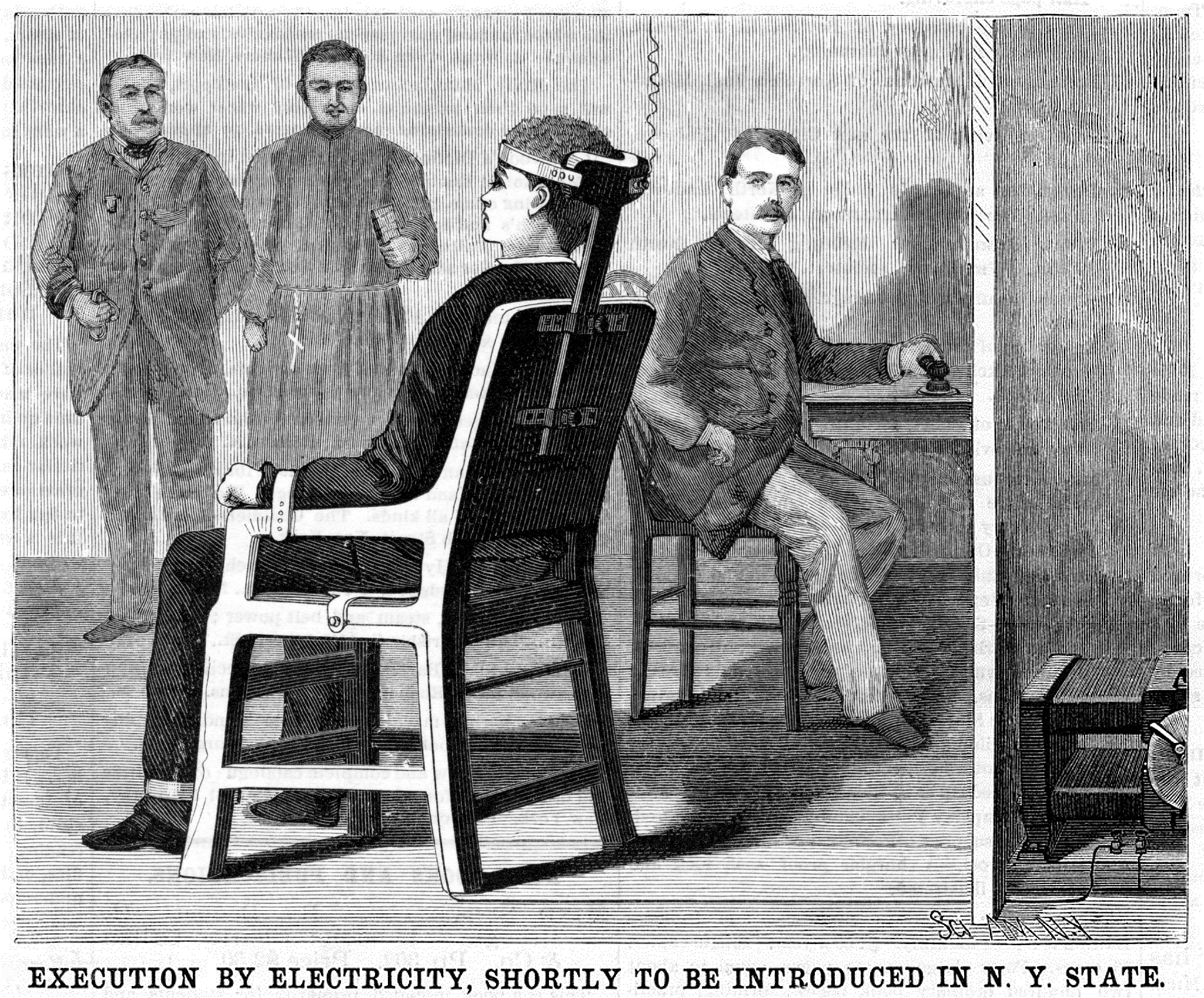Alfred Porter Southwick, a multi-talented individual from Buffalo, New York, made a significant mark in history as an inventor. Despite his background as a steamboat engineer and dentist, his invention of the electric chair garnered widespread attention.
The idea for the electric chair struck Southwick after a tragic incident in 1881, where he witnessed an accidental electrocution. Driven by a desire for a more humane method of execution, he embarked on a mission to revolutionize capital punishment. Leveraging his expertise, he repurposed a dentist’s chair and initiated experiments on animals to test the viability of electrocution as an alternative to traditional methods of execution.
Southwick’s innovative approach to addressing the ethical concerns surrounding capital punishment reflects his commitment to advancing humane practices within the legal system. His contribution paved the way for significant changes in criminal justice and remains a noteworthy chapter in the history of invention and social reform.
The Background story
On a fateful day in August 1881, George Smith, under the influence of alcohol, stumbled upon a seemingly harmless idea: to embrace the generator at an electric plant in Brooklyn. This act, though peculiar, was not entirely uncommon, as many individuals found excitement in touching the railing surrounding the generator for a mild jolt of electricity.
However, George’s decision proved far more consequential than anticipated. As he clasped the generator, he was engulfed by a surge of electricity, leaving him paralyzed and ultimately leading to his demise. Surprisingly, George showed no signs of pain during the ordeal, even though the electric shock was fatal.
Enter Alfred Southwick, a man of diverse talents with a background in engineering and dentistry. While others may have recoiled from the idea of harnessing electricity for executions, Southwick saw potential in the tragedy that befell George. Drawing from his experience as a dentist, he recognized the opportunity to adapt his dentist’s chair into a device for administering electric shocks in a controlled manner.
Southwick’s innovative approach to capital punishment marked a pivotal moment in history, as it laid the groundwork for the development of the electric chair. This method would soon become synonymous with legal execution in many parts of the world.
Avid Writer with invaluable knowledge of Humanity!
Upcoming historian with over 30 million views online.
“You make your own life.”





